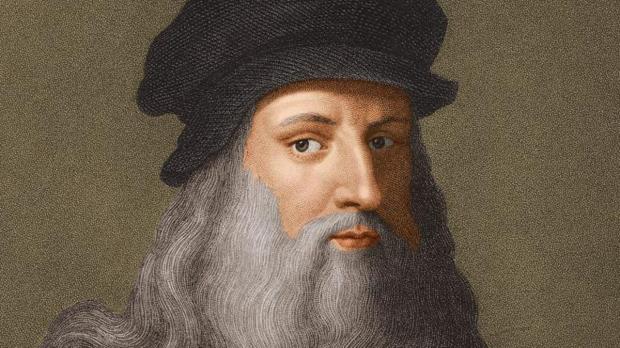A team of scholars and digital experts from the Victoria and Albert Museum (V&A), London, has digitized two of Leonardo da Vinci personal notebooks and made them available for public viewing on their website. The project will effectively preserve the centuries-old handwritten notes, which would be ruined if handled too much.
“If we want them to survive another five centuries and more, we need to make sure that we do not submit them to too much handling, while making their fascinating content accessible in different ways which will not harm them,” Catherine Yvard, Special Collections curator at the V&A’s National Art Library, explained to The Art Newspaper.
The V&A began the process with Codex Forster I, a tome comprised of two of da Vinci’s notebooks, which were bound together after his death. The two notebooks of Codex Forster I contain both the oldest (1487-1490) and latest (1505) of Lenoardo’s notebooks in the V&A collection.
The contents of Codex Forster I cover the time Da Vinci spent in the Milanese court, where he worked as a civil engineer. The material focuses on hydraulic engineering, featuring drawings of instruments for digging canals and for moving and raising water.
The V&A has another three of Leonardo’s notebooks, bound into two volumes which are known as Codex Forster II and III. The books were named after John Forster, who left these valuable pieces of history, along with his entire library to V&A, in 1876.
Yvard plans to make the remaining two volumes of da Vinci’s notes fully available online in time for the 500th anniversary of Leonardo’s death, in 2019. She said:
“The notebooks remind us that Leonardo was as much an engineer as he was an artist. When he wrote in the early 1480s to Ludovico Sforza, then ruler of Milan, to offer him his services, he advertised himself as a military engineer, only briefly mentioning his artistic skills at the end of the list.”
In order to create these high quality images, V&A used a new process called International Image Interoperability Framework (IIIF). The V&A’s head of digital media and publishing, Kati Price, explains the innovation of this new technology:
“It’s our use of the IIIF standard that has enabled us to present the codex in a new way. The V&A digital team has been doing a lot of work in the last 18 months using IIIF. We’ve used the deep-zoom functionality enabled through IIIF to present some of the most spectacular and detailed items in our collection.”
All interested parties can peruse the complete Codex Forster I on V&A’s website.

